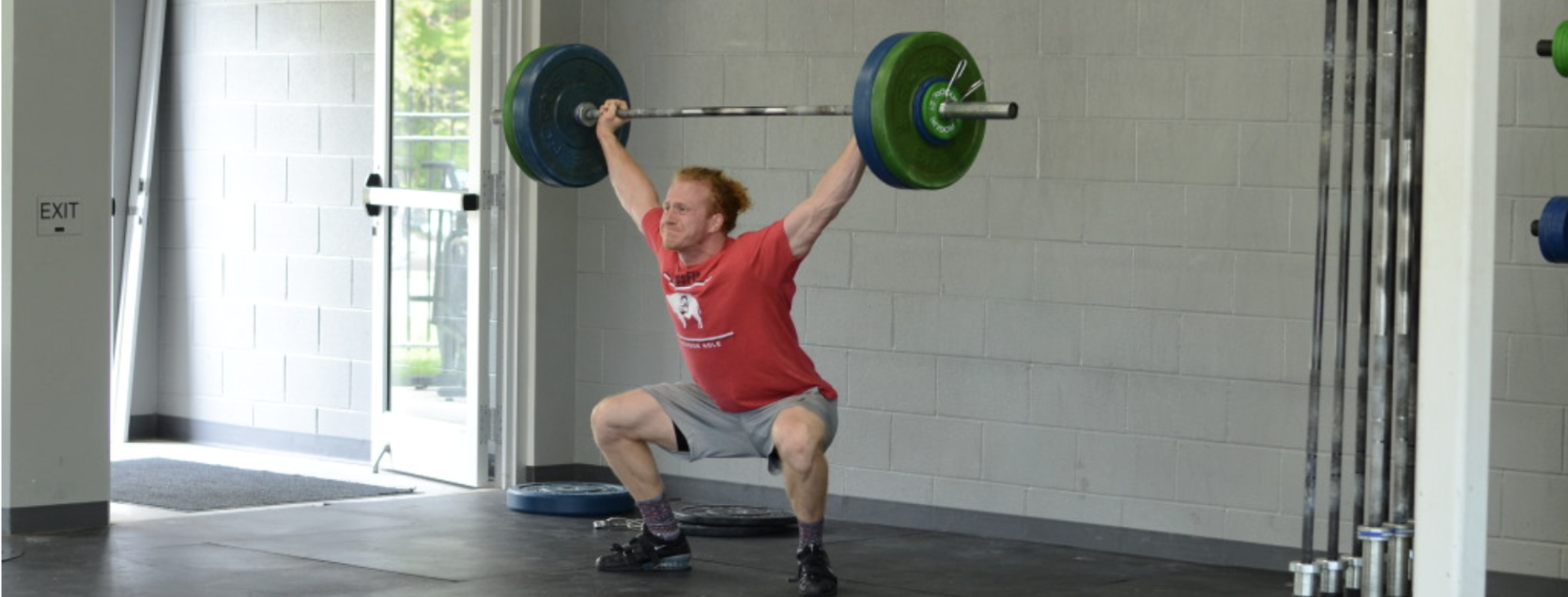I remember the old martial arts movies from when I was a kid where the heroes were capable of unbelievable feats of strength and speed. Jumping on to rooftops, deflecting arrows and breaking bricks. I was hooked. The perfect squat is the closest realization to superhuman capabilities we, as mere mortals, will achieve, without cinematic special effects.

The squat has been called the king of exercises and for good reason. Nothing provides a more powerful stimulus to promote increased strength and athleticism than the squat. It’s adjustable from assisted body weight squats up to 1000lb monsters squats. Want more noticeable glutes? Squat. Want to run faster? Squat. Want to bike longer? Squat. Want to punch harder? Squat. It’s nearly universal. Everything is improved by becoming a better squatter.
But how do you squat correctly? I’m sure you’ve seen all kinds of squats, wide stance, narrow stance, high squats, back rounded squats, and hopefully a few good squats. What makes a good squat?
4 points are the criteria by which we can judge a good squat and a poor squat. We focus on these points both for safety and applying what we gain from squatting towards any task. Squatting only to improve your squat is not our primary goal. We want to use the squat as a tool to improve our health, appearance, and physical ability.
The 4 points of a perfect squat:

A flat back squat is a solid squat.
1: Back remains neutral and aligned with the hips.
The back is a weird snake of a joint. Highly mobile and sometimes difficult to accurately gauge how its moving without being able to see it, it’s common for spinal alignment to falter in movements. Maintaining a strong spine and hip alignment improves back health, improves movement efficiency, and our capacity to do things safely. The squat can help us learn how to maintain this control, and strengthen our ability to do so against a variety of forces. We know many people who have had reduced back pain from squatting correctly.

Knee align with toes
2: The legs line up with the feet.
At the bottom of the squat, the legs must be in line with the feet. “But I’ve heard your feet should be straight forward in a squat”. Creating torsion on a knee joint isn’t something I recommend for the fitness enthusiast or health conscious person. For reduced wear and tear on connective tissue (which heals more slowly than muscle) I recommend ensuring as little torsion on hinge joints like ankles and knees as possible. Strengthening good alignment improves our joints stability and improves their function. Strong joints, strong body.

3: Squat Deep.
So long as it doesn’t affect points 1 or 2. I’ve seen people squat so deep their back completely bends over like a slinky, this is not a deep squat it’s a bad squat. Depth should be the fullest range of motion you can achieve without pain or loss off control. Why this deep? Muscles adapt to the range of motion through which they are trained. The greater the range of motion, the more muscle fibers are engaged and the more likely the adaptation will be useful to other non squat specific tasks. The more muscle we involve in a movement, the greater the training effect and the greater our progress.
4: Control remains consistent throughout.
Control as an essential element in all movement, as it applies to the squat we look at both speed of movement and balance. Let’s address speed first. The descent shouldn’t plummet to the ground like a meteor hurtling towards earth, that’s called crashing and it’s not the best way to keep your joints intact or move weights. Imagine your muscles are like rubber bands stretching as you descend until they’re wound up so tight they spring into action to drive you back up to the top. This controlled descent isn’t necessarily slow, but there’s a deliberate tempo to it. This is a good sign we’re using our muscles to both support the joints and maximizing their engagement and effect in our movement.
Balance is the second piece in consistent control. Throughout heavy squatting the pressure on our feet should be focused like a bullseye on the middle of your foot near your arches. Not only does this maximize our efficiency in squatting, but provides us some wiggle room if the squat gets squirrely under a heavy load or fatigue during a challenging training session. It sounds simple, but it can be quite challenging to feel this and control it during strenuous squatting.
The 4 point squat is a challenge. Powerlifting legend Ed Coan has squatted 1019lbs, nearly 5 times his body weight, and is worth listening to especially regarding how to squat. His advice, perfect your technique and treat the light weights like they’re heavy. To squat well, or do anything well, you have to treat the little stuff like it matters because it does when we want to succeed or excel. Put in the effort, treat the light weights like you would the heavy weights, and master the 4 points and you’ll see why the squat is the king of exercises.
